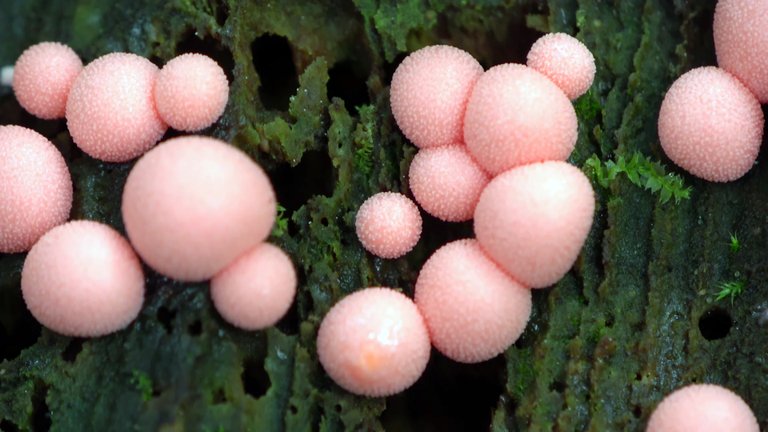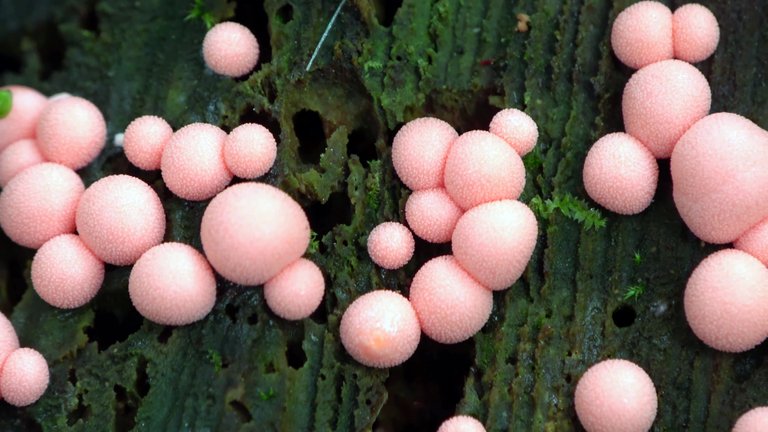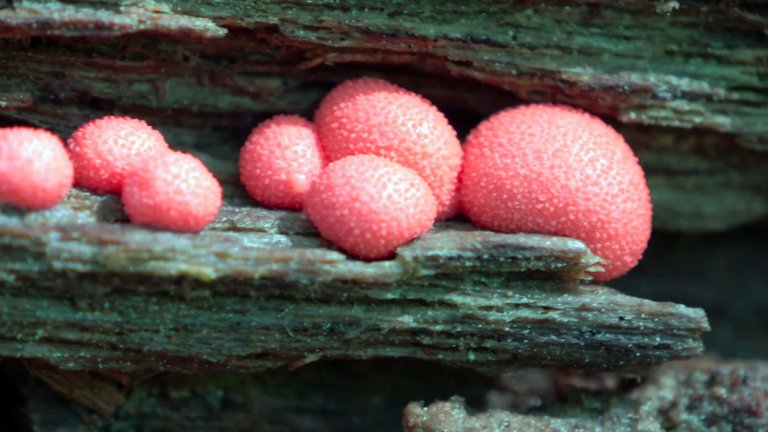
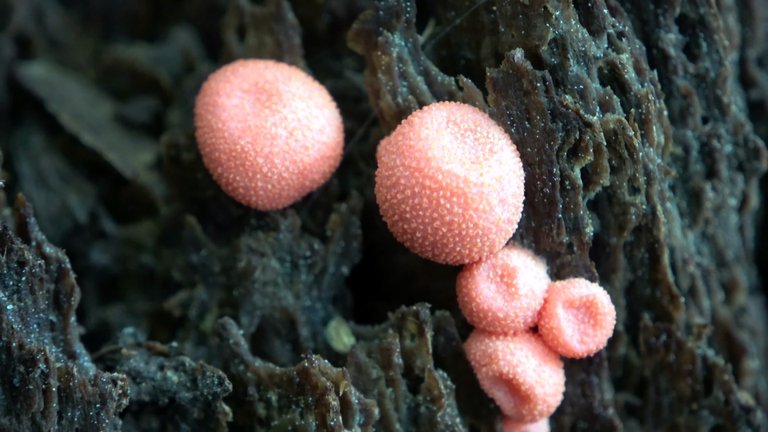
This quite common miracle of nature, which is neither a plant, nor an animal, nor a fungus, but combines all these features, belongs to the slime mold family (Eumycetozoa) and is called Wolf's milk. We can usually find them in the company of decaying organic matter.
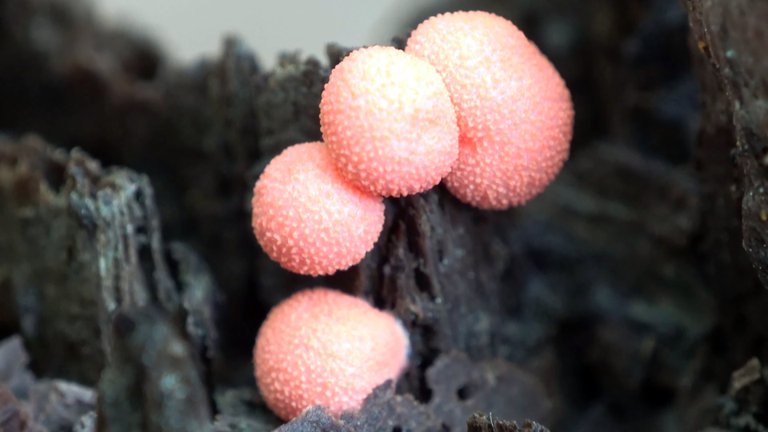
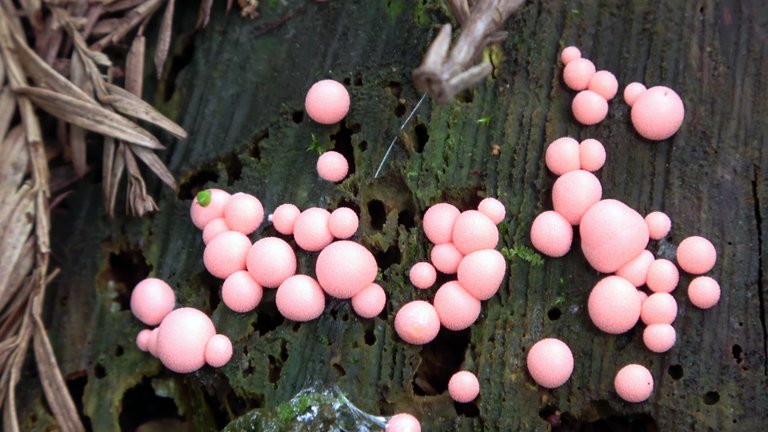
We can find it in early spring, in April, and it grows until October in all types of forests. However, its largest concentrations can be observed in summer.
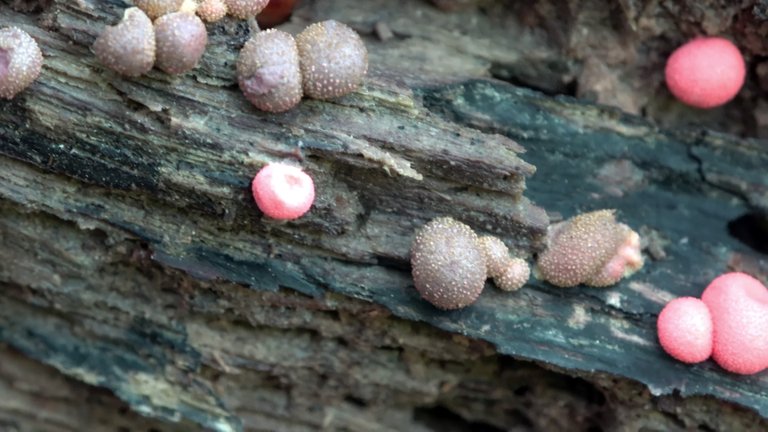
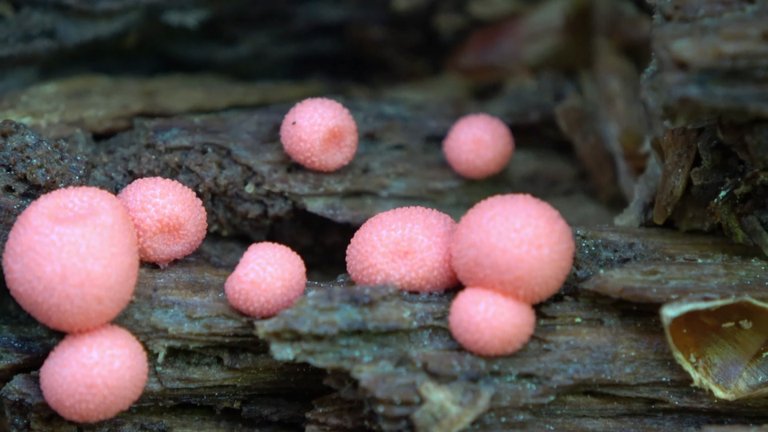
We can find wolf's milk on rotting fallen branches, old trunks of all types of trees, and branches.
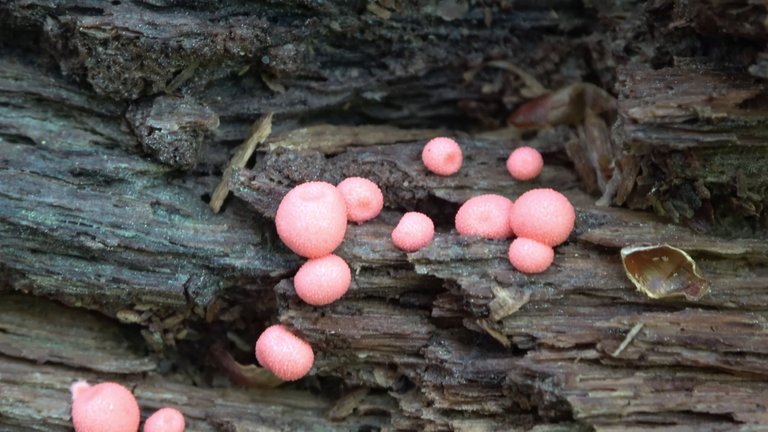
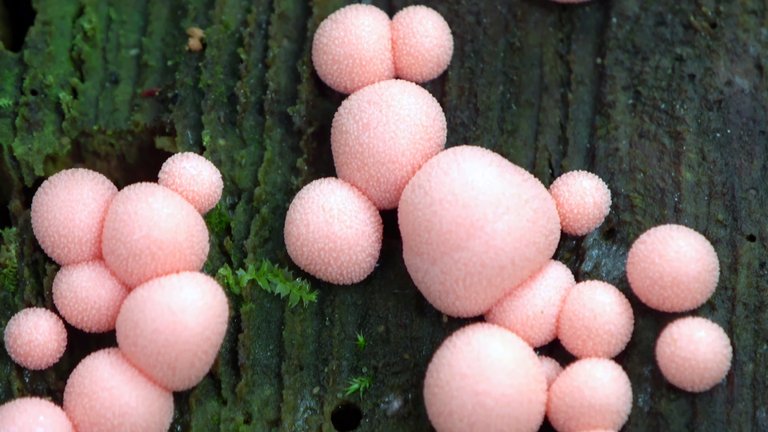
Wolf's milk (Lycogala epidendrum) has a characteristic spherical or slightly ovoid shape if it is found in tight clusters. Its sizes range from a few mm to several cm in diameter. Young fruiting bodies are pink, salmon, sometimes raspberry in color. Mature specimens turn various shades of brown.
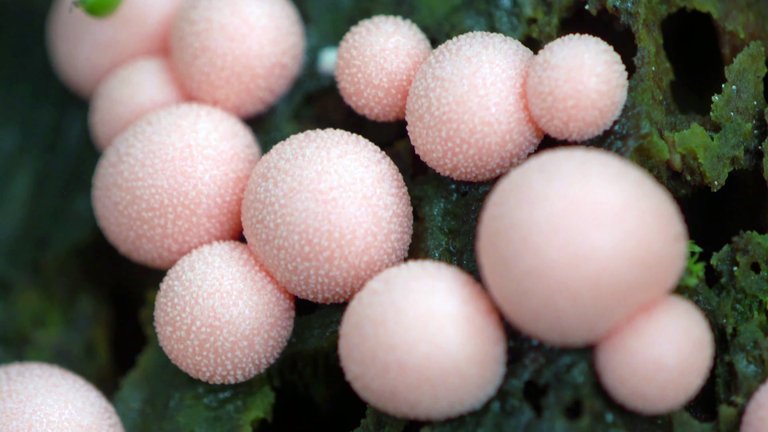
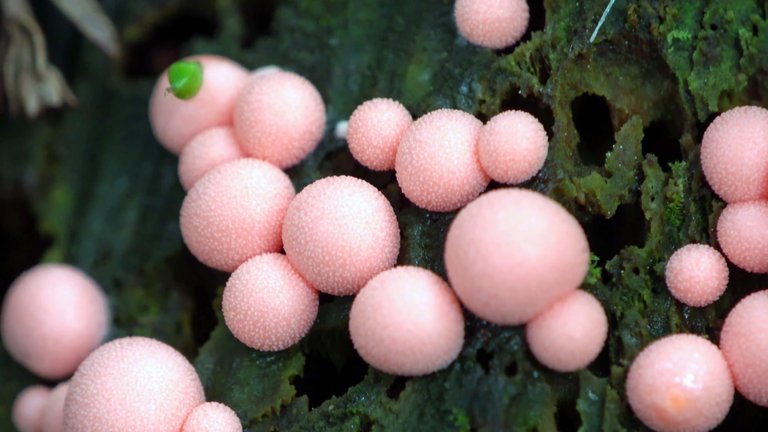
A slime mold that can move

This little pink ball is very good at sensing light, which serves as a guide for it. Thanks to the light, it moves towards it. It also responds to chemical stimuli and temperature changes, searching for food such as bacteria, protozoa and fungal spores.
